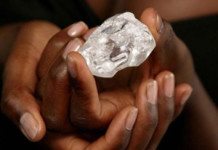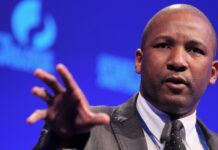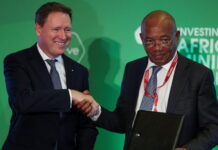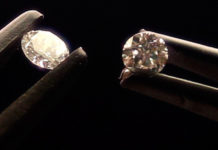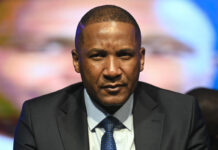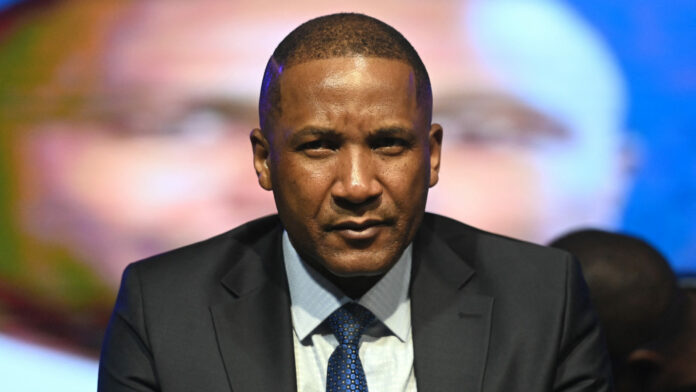
THE sale of De Beers was always going to be the hardest part of Anglo American’s restructuring, first announced in May 2024, not least owing to the severe downturn in the sector over the past three years.
While there are some faint signs of recovery in the diamond market, analysts are not positive especially with regards to Anglo. “With headwinds from across the board, we see the market expectations for any material value realisation for diamond business at the very bottom,” said Citi in August.
De Beers lost $189m in the six months ended June. Second quarter diamond production fell 30% raising the possibility full year production would be below restated guidance of 20 to 23 million carats, the bank added.
Given this performance, it would be difficult for Anglo to realise the full value of its investment in De Beers, consisting of an 85% controlling stake estimated at $2.5bn. What’s made the sale process yet more difficult is Botswana’s interest in buying control. Duma Boko, Botswana president, wants a deal done this month.
“There will now be an intense period of engagement to make sure separation doesn’t just work for Anglo American, but also works for the future of the government of Botswana,” said Al Cook, CEO of De Beers in February.
Prior to Botswana making its broader commercial interests known, Anglo shortlisted potential bids from the private sector. According to reports, two of the frontrunners are led by former De Beers CEOs in Gareth Penny and Bruce Cleaver. Without naming either, Anglo CEO Duncan Wanblad welcomed bids from “people understanding the quality of the asset, despite where we find ourselves in the current market”.
The challenge for Anglo is structuring a value deal for its stake in De Beers from a buyer that recognises its long-term value – to which Wanblad alluded – but that doesn’t exclude Botswana, a 15% shareholder in De Beers.
“Normally you get a good auction process going and seek good qualified buyers and tension to the right price. Now you have a three, four or five-way deal and potential loss of control, which itself has a value,” says an analyst. “But without the governments a sale won’t work. It’s tough,” he added.
Wanblad has said Botswana is taking “a commercial view”.
Commenting on Botswana president Duma Boko’s setting an October deadline for the deal, Wanblad said: “He [Boko] has obviously got a different perspective from what many of us have, but he is being commercial in trying to get the best deal for Botswana. At the same time, he absolutely recognises it’s a competitive process.”
“I don’t really like the optics of what Botswana is doing, nor do I like the fundamental notion of taking “control” of the entire entity,” says another analyst. The concern is that a government with Botswana’s influence could lead to an atypical sale process.
“Let bidders formally and privately submit bids and then ultimately let Anglo make a decision and then publicly announce the result”.
Former diamond analyst James Allan says the best outcome for Anglo would be for Penny to get 51% of the 85% stake the group is selling in De Beers. “That leaves 34% to go to the Botswana government taking them to 49%.”
Another view with that Botswana’s eventual stake in De Beers is held in a vehicle consisting of other sub-Saharan government interests such as Angola and Namibia who have also said they are interested in the diamond firm.
Botswana may in the end have no option but to rein in its ambitions for De Beers. Boko himself declared the country “broke” due to falling diamond revenues. The country’s budget deficit, which depends on diamonds for roughly two-thirds of exports, is expected to widen to 7.5% by 2026.
An unprecedented ad-hoc diamond auction in September by Botswana in an effort to raise revenue flopped. “I hear De Beers ended up buying the goods,” says Allan.






